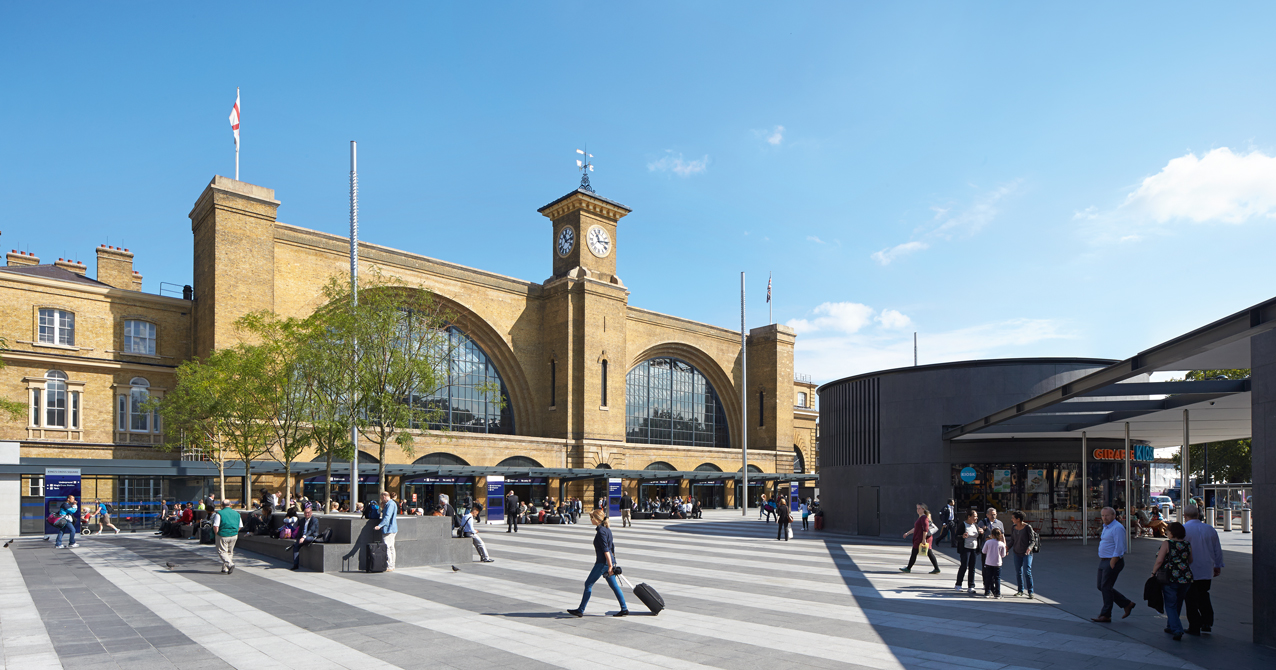
Over the last 15 years, London has witnessed the revival of a distinctive element in its spatial matrix – the urban square – as a place of encounter, exchange, and civic identity. There are lessons to be learnt from recently realized urban projects.
Billboard
Skyscrapper
Halfpage
Over the last 15 years, London has witnessed the revival of a distinctive element in its spatial matrix – the urban square – as a place of encounter, exchange, and civic identity. There are lessons to be learnt from recently realized urban projects.
Were the homebound students of Hogwarts School of Witchcraft and Wizardry to arrive at King’s Cross – amongst the buzz created by the 140.000 passengers using the station each day – they would be enchanted by the scale of recent change outside. Over the last 15 years, London has witnessed the revival of a distinctive element in its spatial matrix, the urban square, as the place of encounter, exchange, and civic identity. London’s urban garden square, of which there are more than 600, has shaped the city’s distinctive layout since the 17th century, and with it, to some extent, the image of public space today. Yet in a dynamic city like London, there are many facets to the way public space manifests.
Since the mid-1990s, London’s population has again been booming: In February 2015, the city became home to more people than at any time in its history. More than 8.6 million now live in London, and it’s estimated it will be home to 11 million by 2050. This growth, however, is constrained by the green belt, resulting in higher densities and increased demand on public space to perform harder. Triggered by the success of Royal de Luxe’s The Sultan’s Elephant spectacle in 2006 and, of course, the Olympics of 2012, Londoners and visitors share increasing expectations that streets and spaces will play a more prominent part in everyday life. The transformation of Trafalgar Square illustrates this point: The number of people using the square has increased 13 times since its redevelopment in 2003.
Many more spaces have seen intensification of use with support from the Mayor of London’s office, be it through Ken Livingstone’s 100 Public Spaces programme or the incumbent Boris Johnson’s Great Outdoors, mostly in areas with good public transport connections and high footfall.
Following an international competition, architects Stanton Williams were announced in 2010 as winners to design the new square as the final part of Network Rail’s £500 million redevelopment of King’s Cross and St. Pancras stations. A triangular space opens up the area previously occupied by a rather nondescript concourse extension and reveals Lewis Cubitt’s stark, double-arched brick station façade from 1852 for the very first time. Measuring more than 7.000 square metres, the granite-paved area acts predominantly as an open-air extension of the King’s Cross arrivals concourse that, together with John McAslan’s semi-circular station annex, has transformed how people access rail and underground services.
Read more in Topos 91 – Urban Squares and Promenades.























